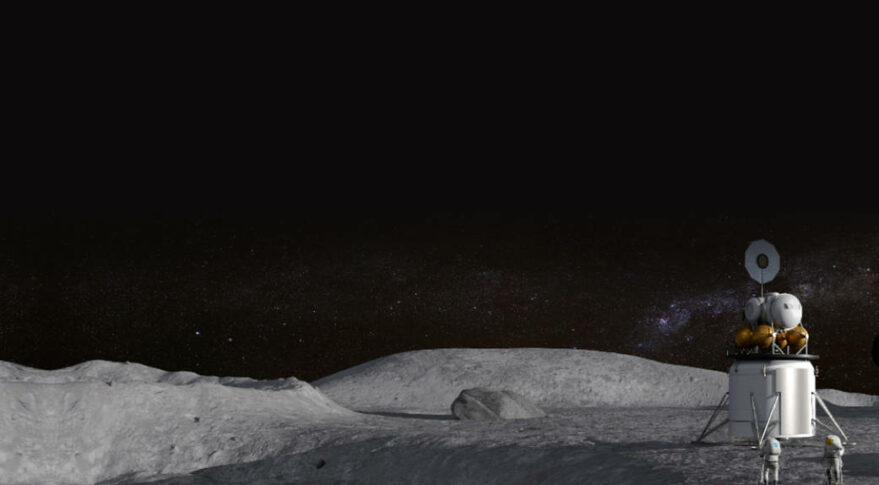
Article: SpaceFund to invest in navigation system for cislunar space – SpaceNews
Rhea Space Activity (RSA), a startup, will be developing an autonomous navigation module for use in cislunar space missions. This navigation tool, named Jervis Autonomous Module (or JAM), was the winner of a Small Business Innovation Research contract from the US Air Force and will also receive additional funds from SpaceFund, a venture investor. The goal of the JAM project is to operate autonomously without GPS or ground-station-interaction “for months in a radio-silent manner in a region of space that is currently unmonitored.” JAM will be able to use optical sensors to view geostationary satellites to triangulate its current position, for use in commercial and military operations, including RSA’s own cubesat called JERVIS-1. As cislunar space is considered strategic high ground by the parties involved, it will certainly be interesting to see how this project develops.
Similarly to other projects in this vein, the cybersecurity implications, in my view, lie in the use of autonomy more than any other possible factor. Performing missions without any human interaction poses significant risk, as it becomes far more difficult to perform course-correction if something goes wrong. An attacker could potentially compromise the sensors on the machine, preventing it from properly calculating its position, which could then allow the satellite to be manipulated into colliding, as an example. Therefore, research into cybersecurity is paramount, as the lack of human involvement, while important in the development of space technology, will add a slew of new issues to consider.